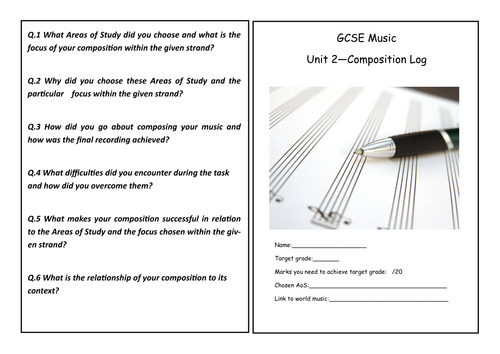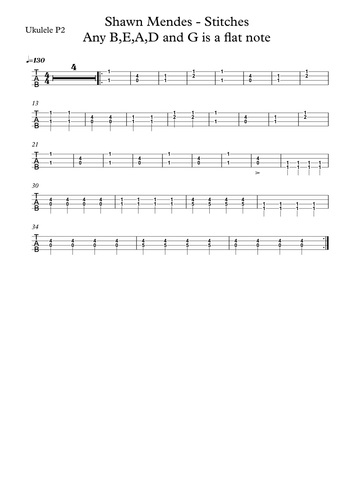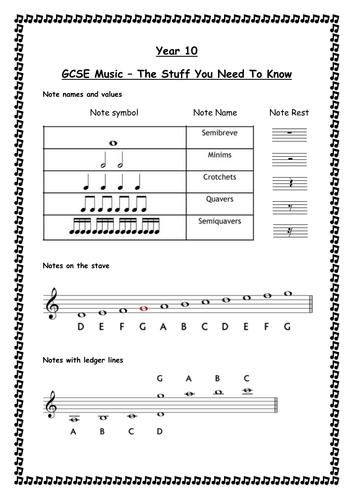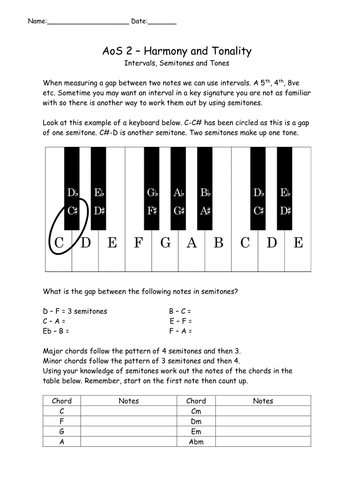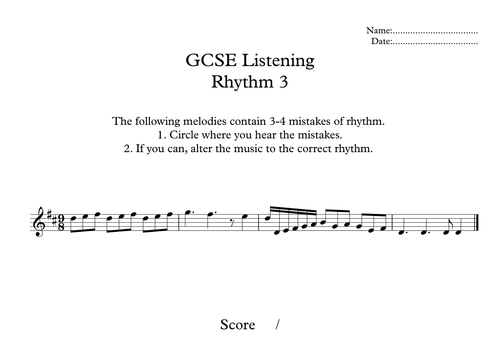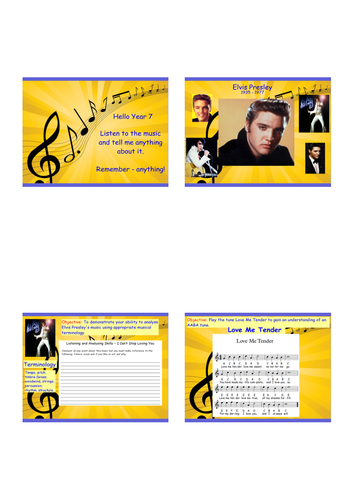Sjbeaton's Shop
I am a head of music who enjoys creating outstanding resources for our developing musicians around the world. I am constantly changing and evolving my ideas to best fit my pupils but also share these ideas to the music teaching community. Some resources are available by purchase only due to the research, re construction and development that these resources have gone through.



